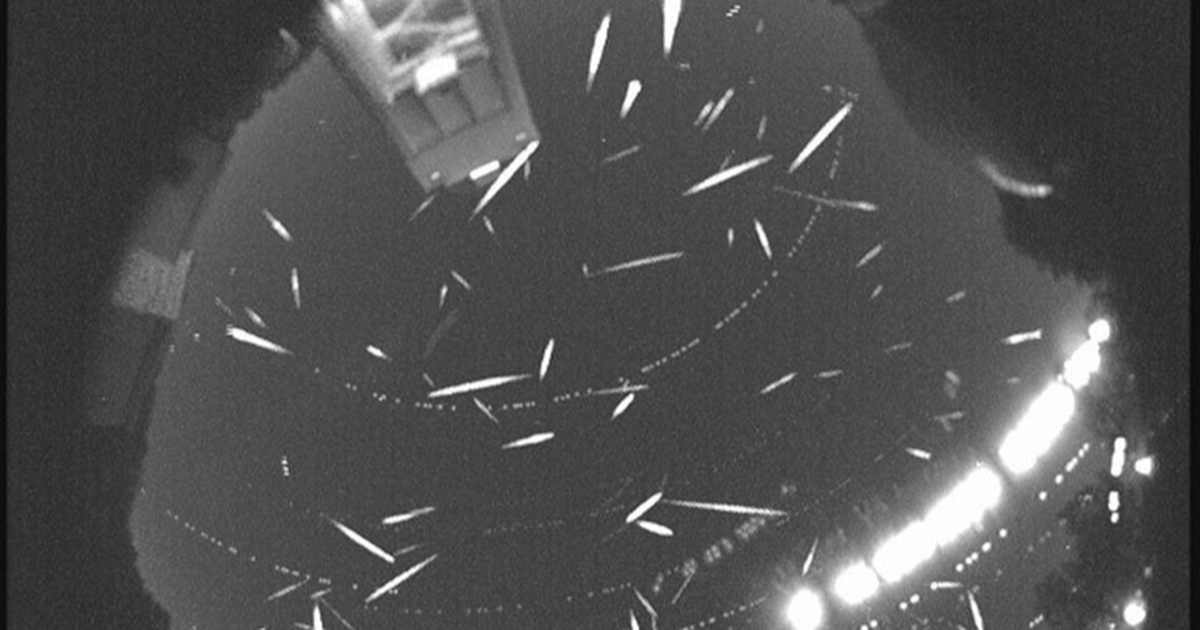
NASA enthusiastically recommends that you check out the sky.
The peak of the brilliant annual Geminids meteor shower is happening on Dec. 13 and 14, the space agency advised on Friday. This natural light show is created when the leftover trail of dust and bits from an asteroid or rocky comet (called 3200 Phaethon) fall through — and burn up — in our atmosphere each December.
In 2020, the Geminid viewing will be especially good (if you’re graced with a clear night!), NASA noted, because there’s nearly a new moon, meaning “there will be darker skies and no moonlight to wash out the fainter meteors.”
Here’s the crux of what you should know.
-
Sunday night is the big night: “The peak will happen on the night of Dec. 13 into the morning of Dec. 14, with some meteor activity visible in the days before and after,” NASA said.
-
When to view? “Viewing is good all night for the Northern Hemisphere, with activity peaking around 2:00 a.m. local time, and after midnight for viewers in the Southern Hemisphere.”
-
Key stargazing advice: “If it’s not cloudy, get away from bright lights, lie on your back, and look up,” NASA recommends. “Remember to let your eyes get adjusted to the dark – you’ll see more meteors that way. Keep in mind, this adjustment can take approximately 30 minutes. Don’t look at your cell phone screen, as it will ruin your night vision!”
-
In the Northern hemisphere, on average you should see a bright Geminid once a minute (or about 60 per hour).
If you’re able, enjoy these space rock particles zooming through our atmosphere at some 78,000 mph.
